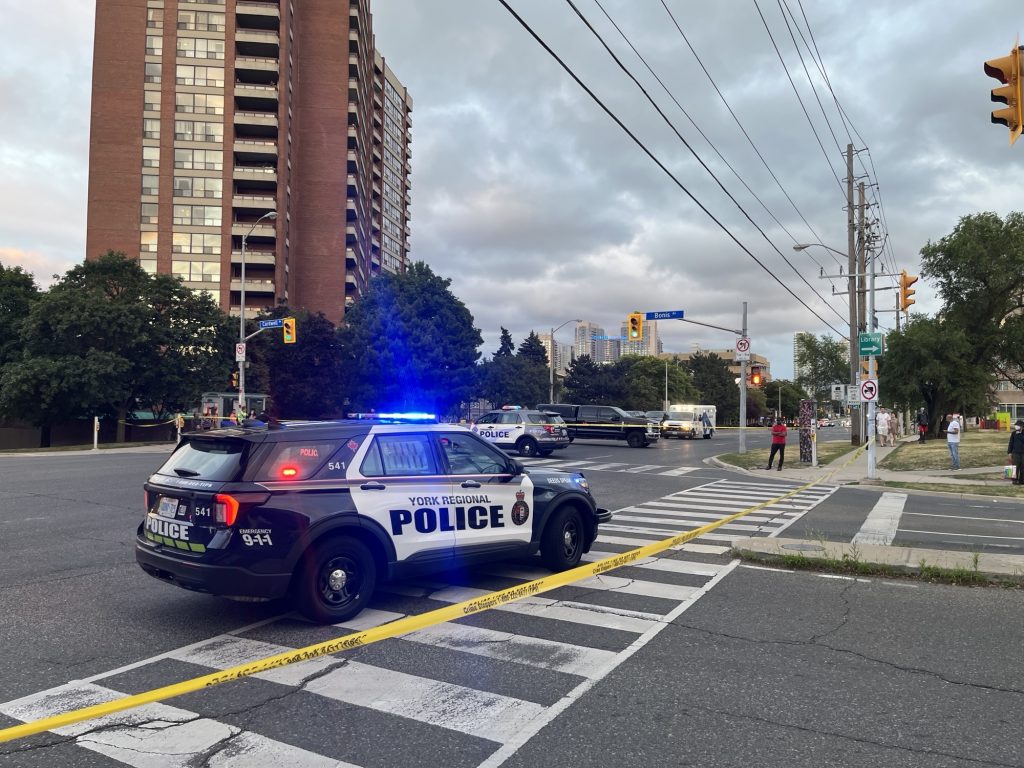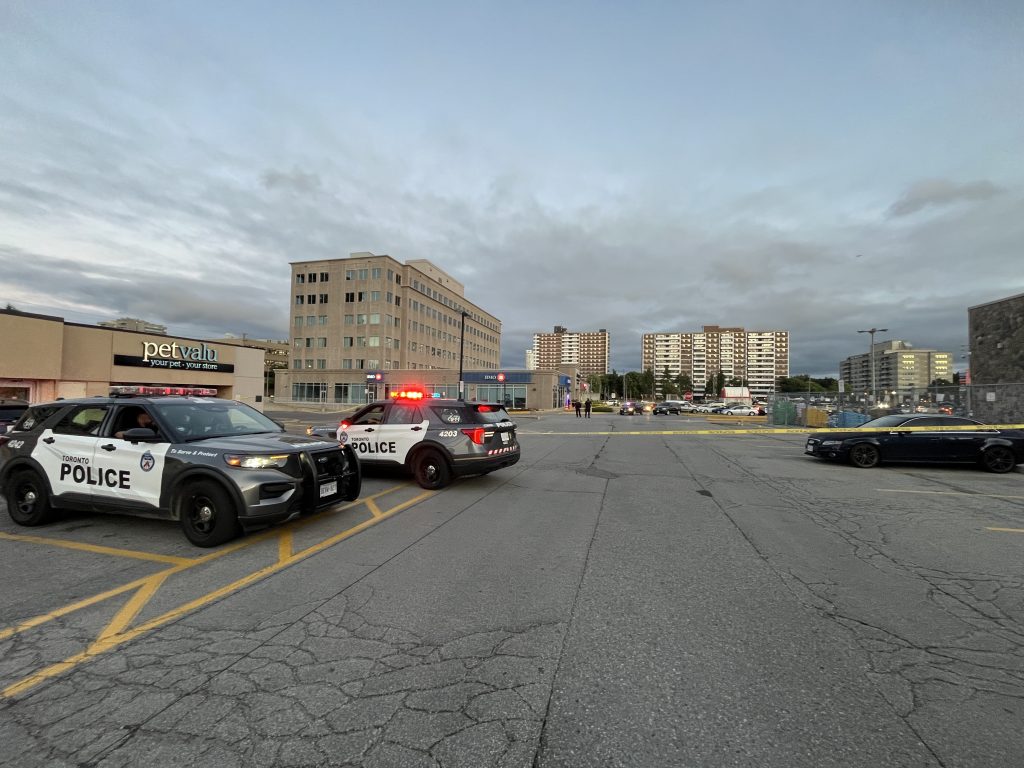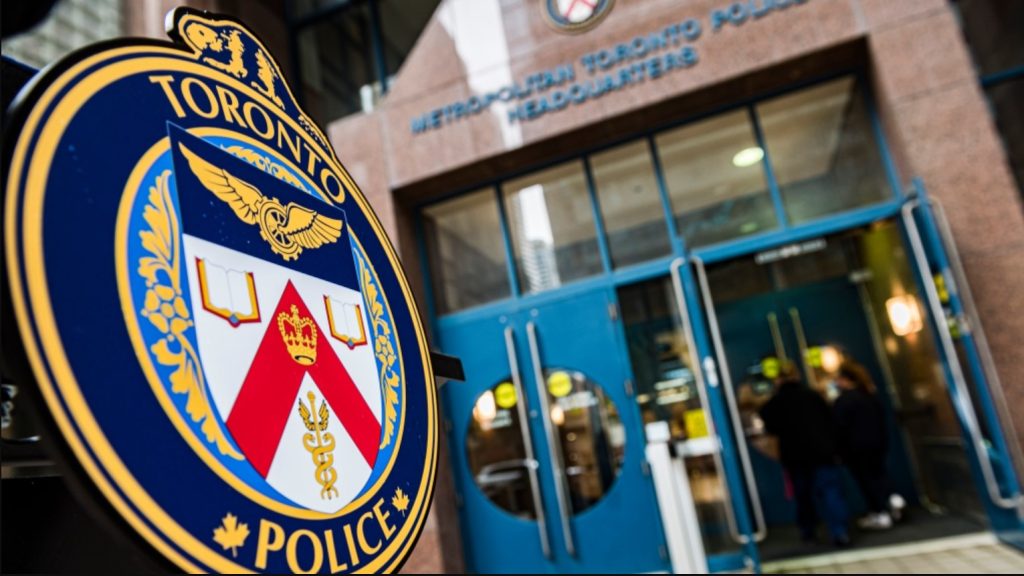What does a home mean? For the homeless, it means peace, safety and recovery
Posted December 26, 2011 3:56 pm.
This article is more than 5 years old.
For Khusrow Mahvan, who lived on the cold concrete of Toronto streets for over a decade, having a home means peace, tranquility and tasty food.
For Elizabeth Bennett, having a home means the security of knowing she can trust the lock on the front door.
For Dawnmarie Harriott, housing gave her enough stability to find her way back into the work force.
For Mona Lisa Pilon, a home of her own means protection from abuse and the time to confront mental illness.
“It gives us self-esteem. It gives us hope,” Pilon says.
All four spent years without a home, living on the street, couch surfing or in and out of shelters, relying on emergency health care services, hand-outs and luck to get by.
Mahvan and Bennett have been given rent-subsidized homes through a giant federal research experiment into how to best help the homeless. Once housed, they receive an array of social services and support to urge them towards more independence. They decide for themselves where they will live, and what services they will need.
Pilon and Harriott, who have been housed for several years now, are on a “caucus” advisory board that brings first-hand experience to the wide collection of researchers and technicians involved in the At Home/Chez Soi program.
Having a home means having an address. That allows clients to apply for identification and receive benefits. It means they’re not in jail and not in the emergency room. And it means they have a stable place to manage their mental illness — a place where case workers can depend on finding them and make sure they’re on the right track.
Traditional help for the homeless aims to resolve their underlying issues first. Only after the mental illness, addictions or other problems are resolved does the social support system guide homeless people towards permanent shelter. And usually, that comes with stringent conditions attached.
With the At Home program, tradition is flipped on its head.
It took Mahvan months and months to agree to join the project. He was a mess in the shelter — agitated, fearful of the constant conflict around him, confused in the chaos. But he figured one of his counsellors had it in hand, and at first turned down offers of a home of his own.
When it dawned on him that he was in physical danger and his situation was not improving after spending most of the last 14 years homeless, he took At Home facilitators up on their offer of a subsidized apartment.
A couple of months later, he is proud to show off his shiny parquet flooring, the view of Lake Ontario out his window, and his collection of spices. He can cook as he pleases. No more gagging on shelter food he didn’t like but had to eat to stay healthy.
There are a few books, a coffee table, a television and some oranges in a bowl. He speaks quietly but at length about politics, his home country of Iran, his family, his diamond business that went bankrupt, and his dreams for the future.
Interviews done with the 1,000 people housed through the program over the past couple of years show that a home means stability, an improvement in the quality of life and better diets, says Jaipreet Kohli, a program manager for At Home in Toronto.
With access to a safe place, homeless people no longer have to dwell on mere survival. They reflect on other issues — a reflection that helps them organize their lives.
Most cities don’t handle their homeless in this way, says Stephen Hwang, physician-researcher at the Centre for Research on Inner-City Health at St. Michael’s Hospital in Toronto.
Toronto has been heading the housing-first direction for some time, and in Alberta, most cities have adopted the approach successfully. But in other parts of the country have barely even considered it.
“The fact that we don’t do it means society has not accepted that it is common sense,” Hwang says.








